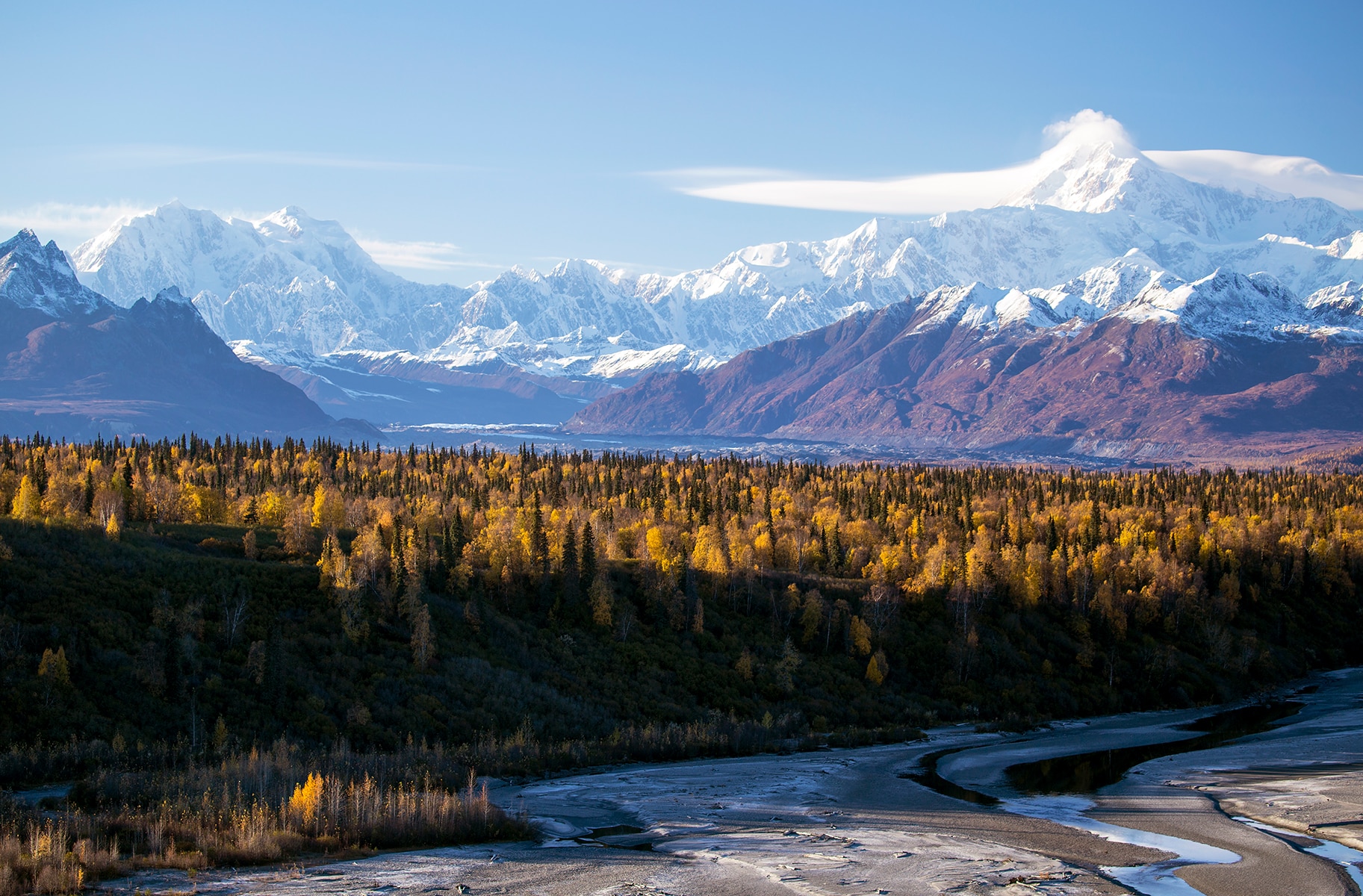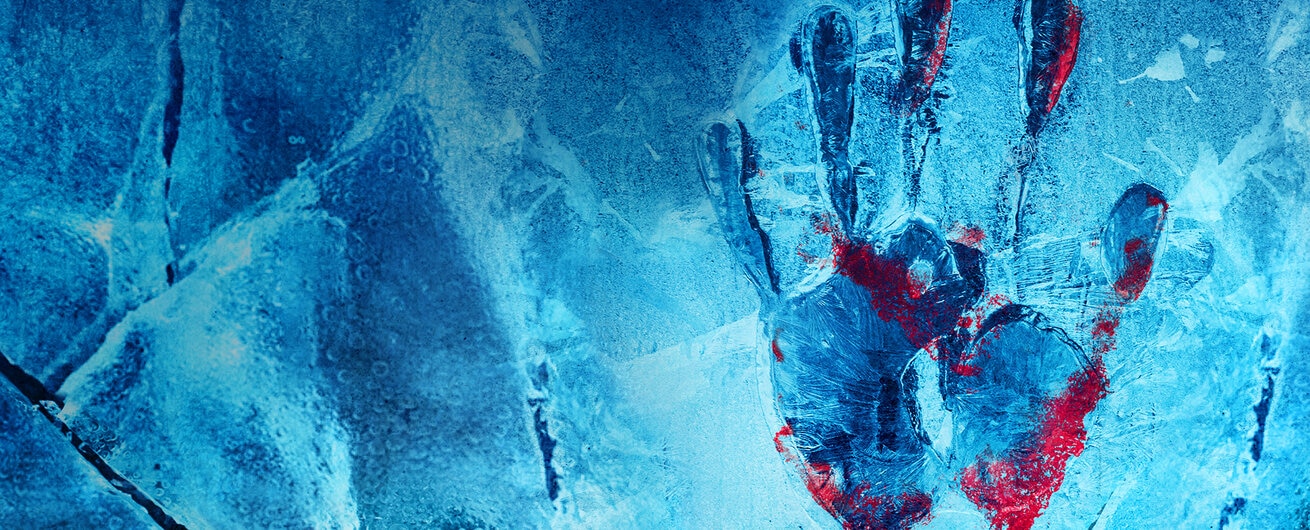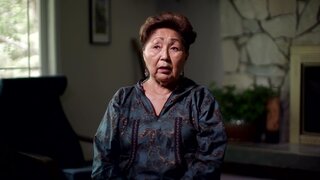Create a free profile to get unlimited access to exclusive videos, breaking news, sweepstakes, and more!
Alaska's Grim Reality: Why Is It The Deadliest State For Women?
Compared to the rest of the nation, the rate of women killed by men in Alaska — 5.14 per 100,000 women — is almost double the rate for New Mexico, the second deadliest state, and more than four times the overall U.S. rate.

Alaska again ranked first in the United States in the rate of women murdered by men, according to the annual Violence Policy Center study released September 29, 2021.
It’s the sixth consecutive year that Alaska led the nation as the deadliest state, and the ninth year in a row it has ranked first or second in the organization’s study titled "When Men Murder Women."
The study is based on 2019 data, the most recent year for which information is available, according to the Violence Policy Center release. The source of data is the FBI’s Supplementary Homicide Report covering single-victim, single-offender incidents.
Oxygen’s new series, “Fatal Frontier: Evil In Alaska,” dives into the most horrifying and chilling crimes in the state. Before the show’s premiere on Sunday, November 14 at 7/6c on Oxygen, we looked into the reasons behind Alaska’s grim distinction of being the deadliest state for women.
Compared to the rest of the nation, the rate of women killed by men in Alaska — 5.14 per 100,000 women — is almost double the rate for New Mexico, the second deadliest state, and more than four times the overall U.S. rate.
The study also showed that American Indian/Alaska Native women are impacted by fatal violence in Alaska by seven times the rate of white women there.
Although the reason for Alaska’s grim violence and homicide rates for women is complex and can’t be reduced to one simple cause, contributing factors behind the stark statistics have been identified. Activists have attributed leniency toward offenders and a lack of accountability.
The disconnect between the size of the sprawling state and the size of police presence, along with social issues facing Alaska, have been cited as having deep impact.
“The violence is happening alongside rampant drug and alcohol abuse, particularly in remote areas of Alaska, where native villages often lack law enforcement,” according to a 2019 USA Today report.
Villages in the states without police and courts of their own often rely on Alaska State Troopers, the Washington Post reported. There is only about one trooper per a million acres. “But there is only about one trooper per every million acres.”
In 2019, 18 females were killed by men, according to the Violence Policy research. Of these homicides, 15 victims knew their killer and just three were murdered by a stranger.
In February 2021, the Alaska Department of Public Safety said that it formed a new review team to investigate domestic violence cases across the state in which the victim was killed or nearly killed in order to reduce the number of incidents, KTUU reported.
“What this group is designed to do is to not just look at what law enforcement is or isn’t doing, but to take a step back,” said Megan Peters, Alaska State Troopers communications director. “Was there intervention that we missed, whether it be at a community or a school? A church, medical appointment?”
To learn more about true crime in the nation’s 49th state, watch “Fatal Frontier: Evil In Alaska,” premiering Sunday, November 14 at 7/6c on Oxygen.


















